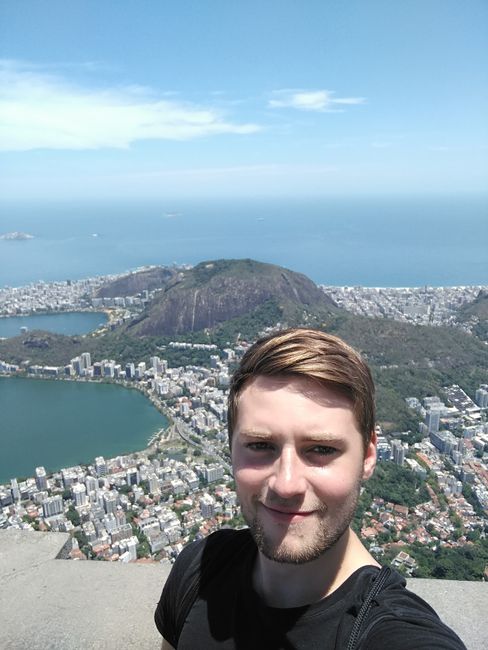Über Südafrika nach Namibia
Diterbitkan: 06.10.2017
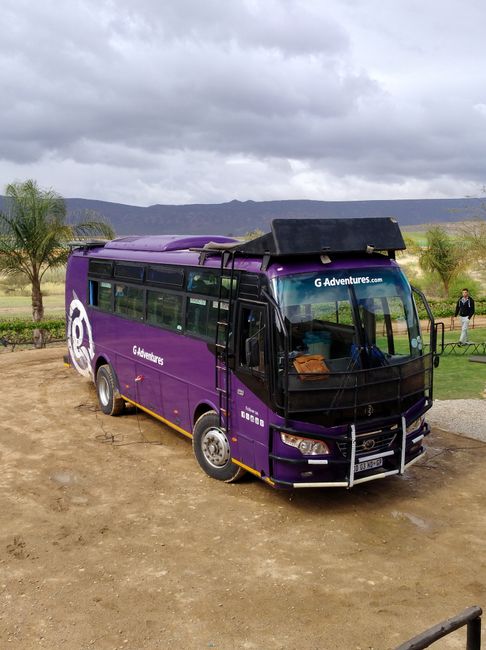
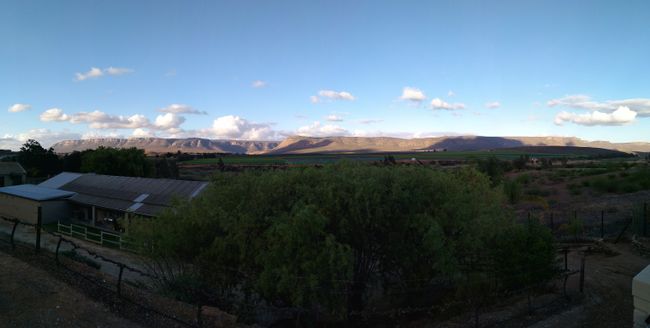
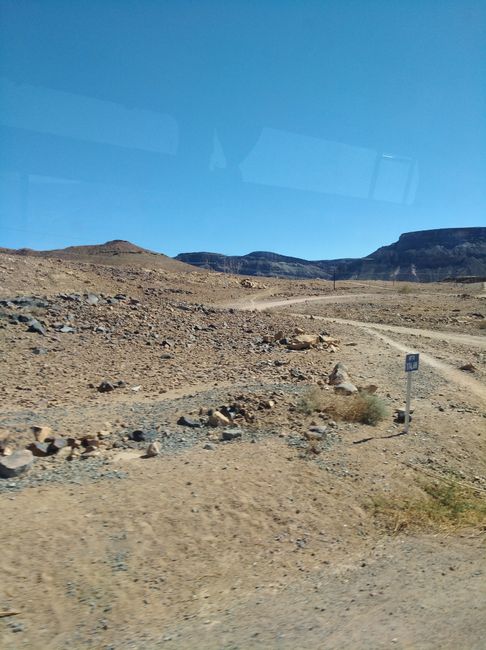
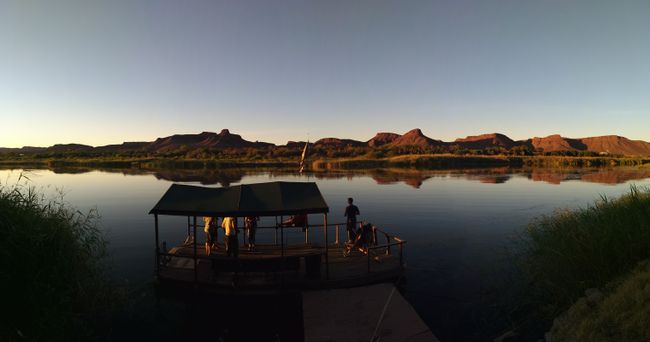
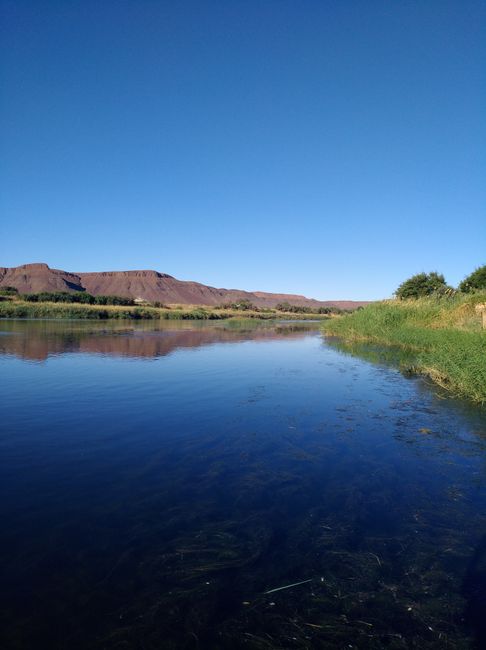
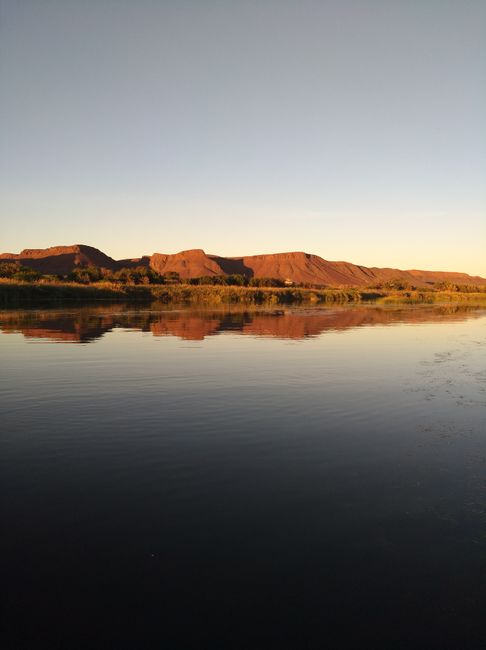
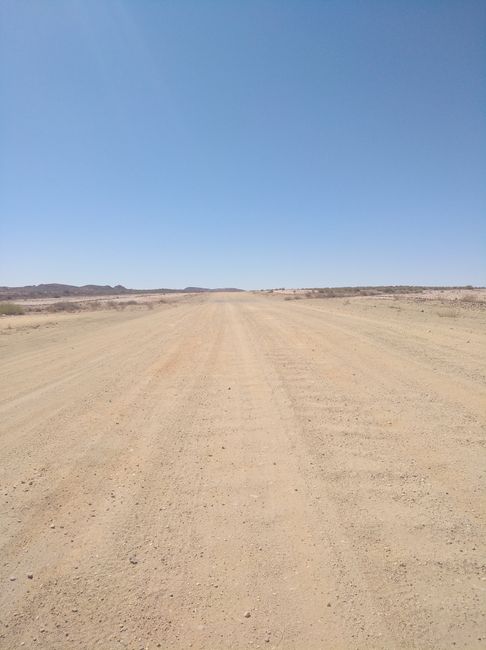
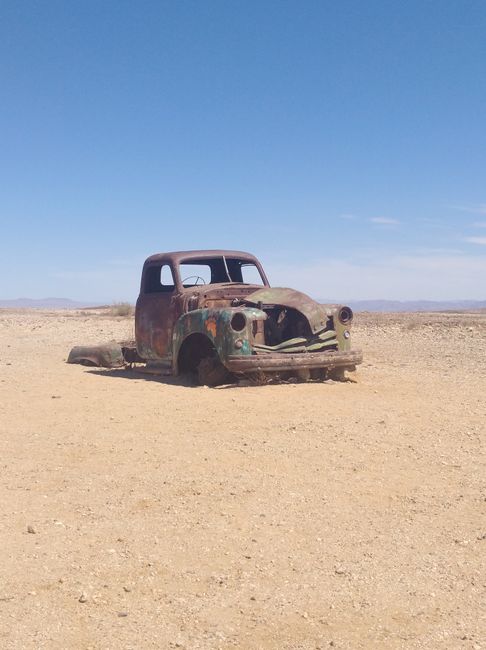
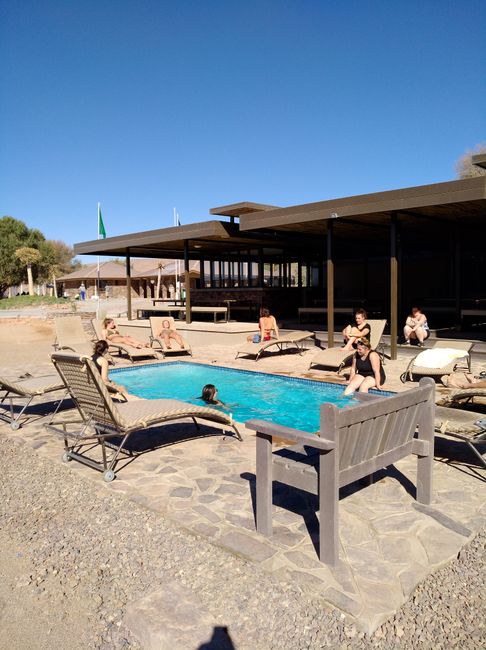
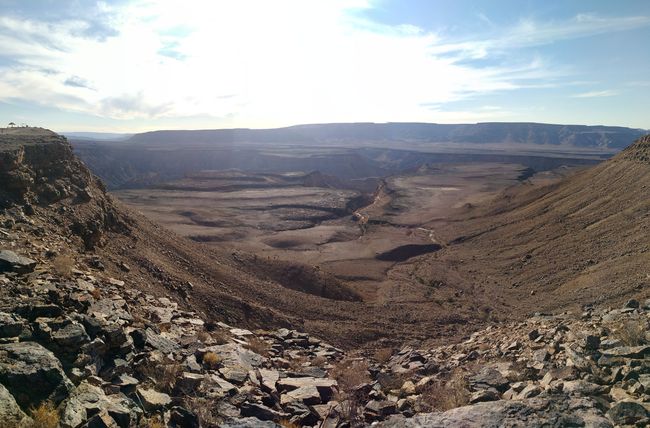
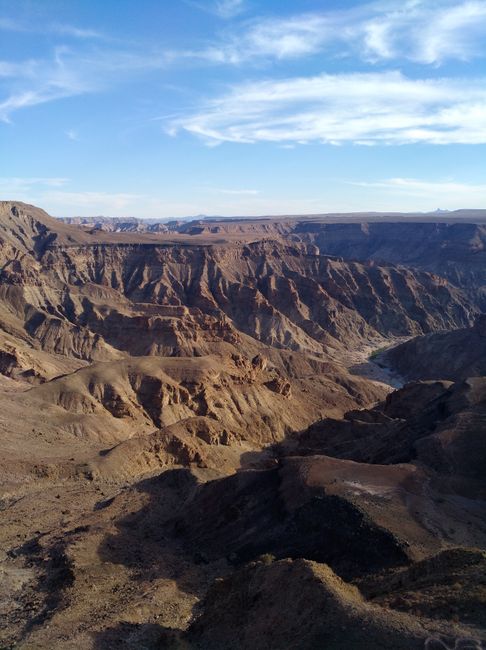
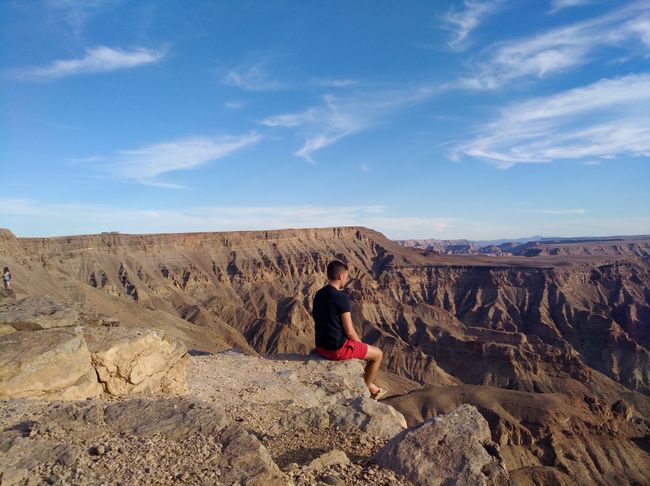
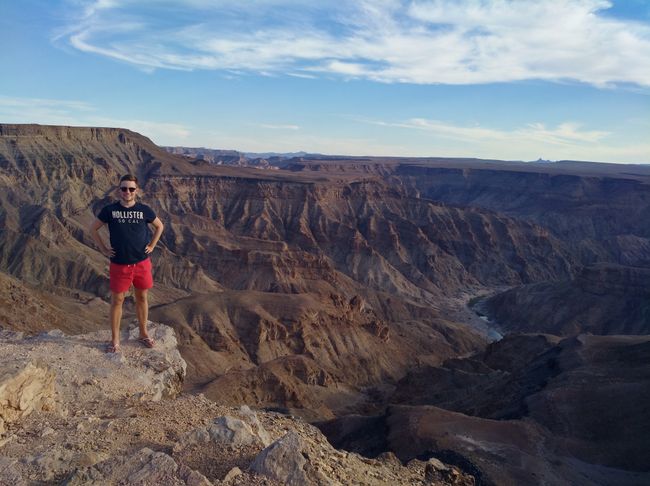
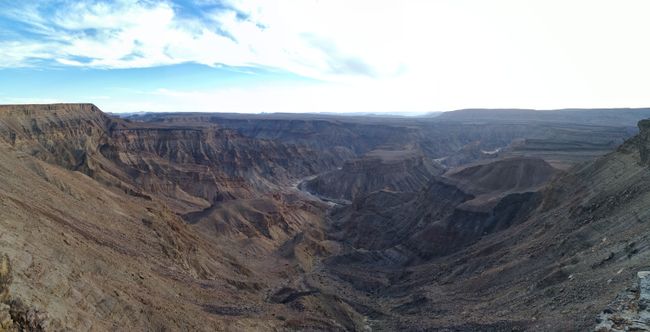
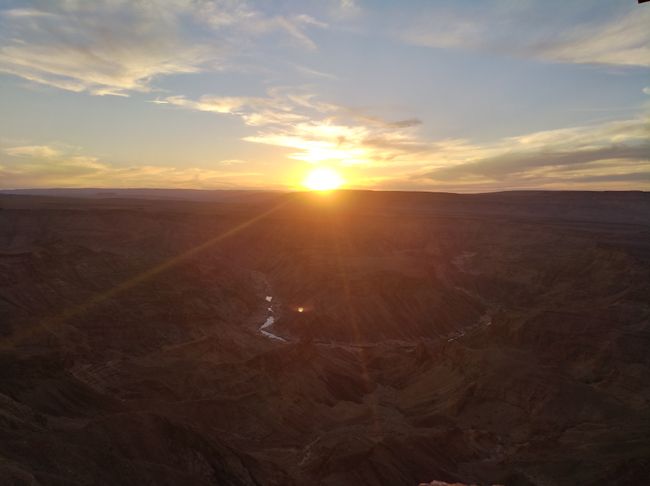
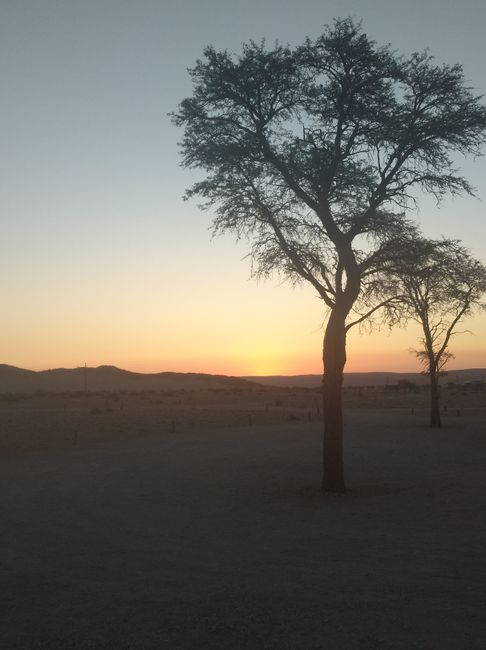
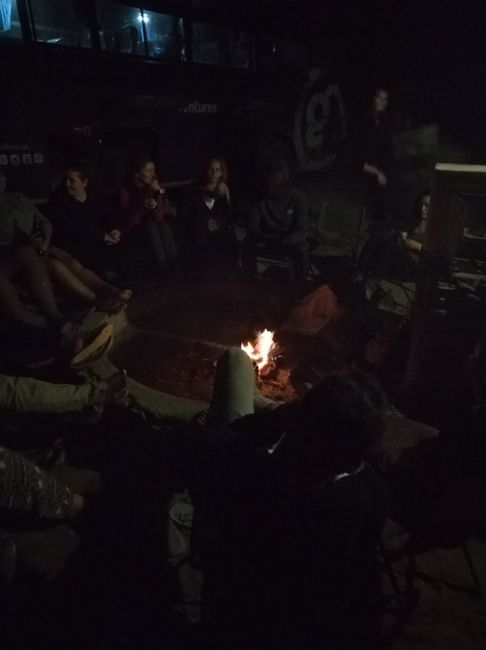
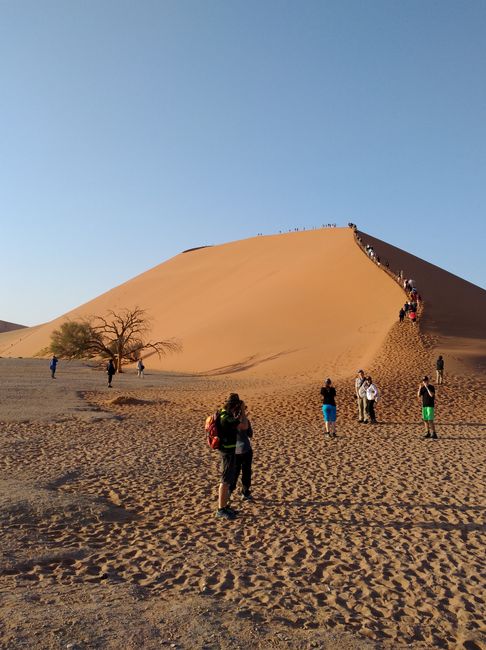
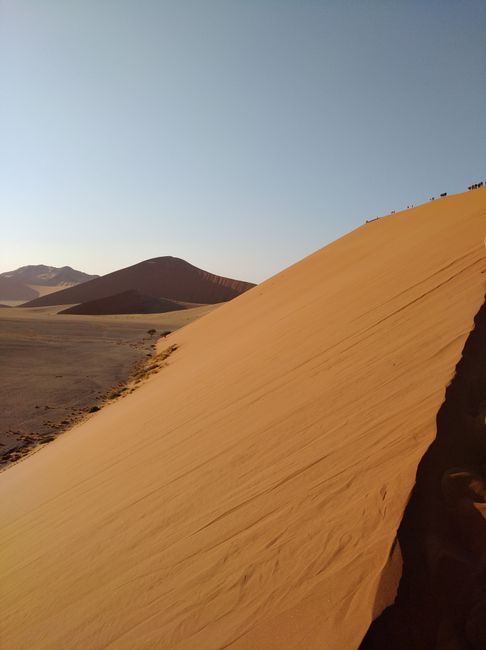
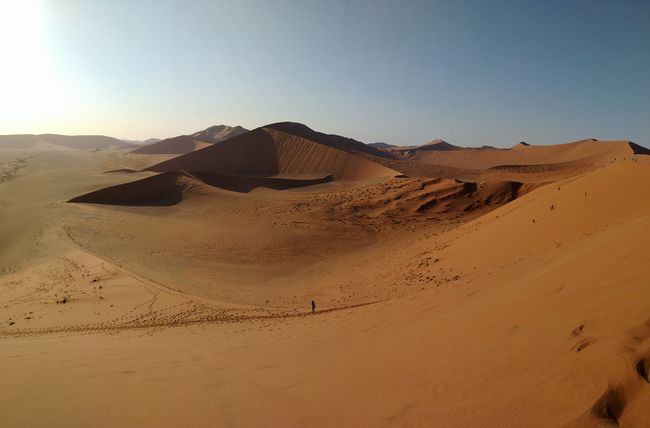
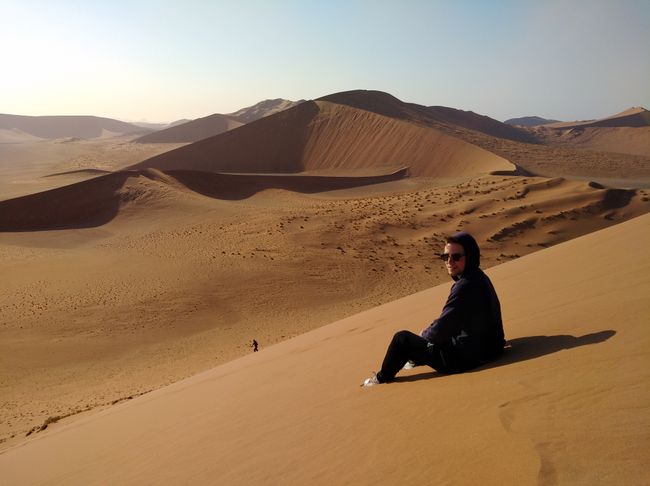
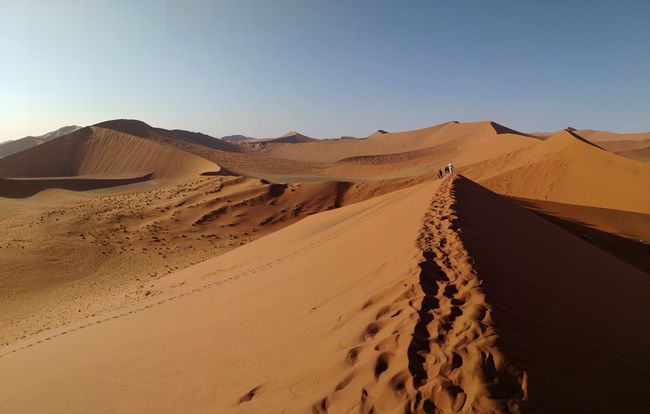
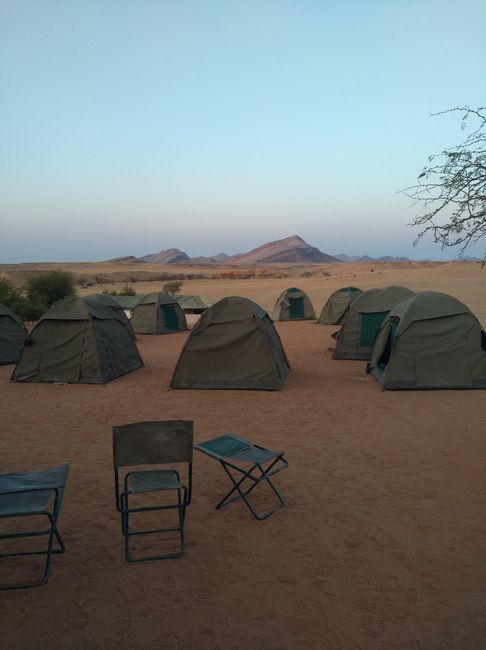
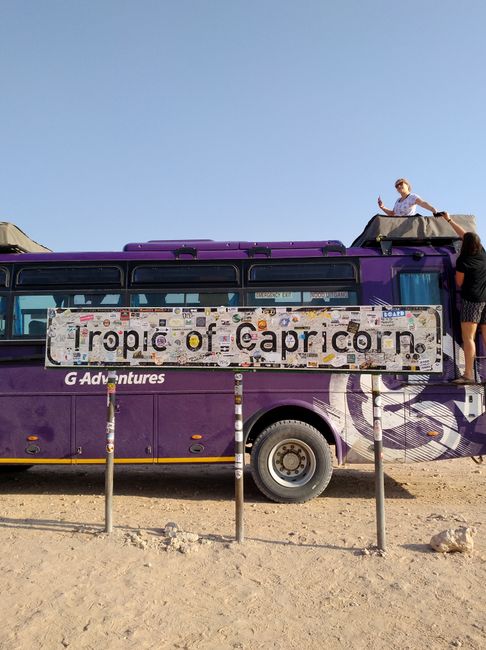
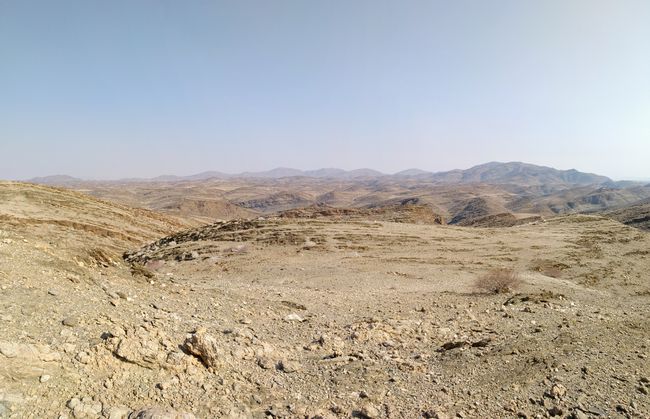
Berlangganan Newsletter
Preparation is everything. I had to painfully realize that again. Thanks to the energetic support, I actually thought I was well prepared and had items like liters of sunscreen, a combination lock, or a mosquito net in my inventory. However, I forgot to bring a suitable sleeping bag for the three-week camping tour through Africa. I had to experience firsthand on the first night how warm the days and how cold the nights are. But since there were no more decent sleeping bags available and I didn't want to spend that much money on them anyway, from day three onwards, I have been relying on three towels and a large, thin blanket to keep me warm at night.
But let's start from the beginning: We all met at the Once in Capetown Hostel in Cape Town and I got to know the other 21 fellow travelers as well as our two guides. Naturally, the majority of the travelers were German citizens, but the 16 girls and 5 other boys were a colorful mix of English and German-speaking individuals between the ages of 21 and 38.
My tent mate was supposed to be a 26-year-old Englishman named Guy, who had just quit his job as an aircraft and military technology mechanic to take a longer break, similar to me. After that, he will continue towards Asia and Australia, the classic program. We understood each other right away and were supposed to have a fun time together.
The next day, we left Cape Town and headed towards Cedarberg in our monstrous Lando ('It's a Lando, not a Bus!'). Relatively unspectacular but with a beautiful view. Since Guy and I were not interested in the wine tasting taking place there, we settled for a few rounds of pool, which I lost mercilessly, and a relatively quiet evening. The night was long and cold, and I could hardly sleep. But that was supposed to improve because this was supposed to be the coldest stop.
The next day, we continued towards the Namibian border and spent the night at the Orange River, which is the second longest river in Southern Africa after the Zambezi. After some time of overcoming obstacles, we also jumped into the water and it turned out that we could bathe quite comfortably there.
We were all divided into teams and had certain duties every day. For example, one team had to clean the Lando all day, another had to help with meal preparation, and another had to do the dishes. This rotated daily, of course. Interestingly, all the boys were permanently assigned to the 'Packing Team', which meant unpacking and packing the Lando upon arrival and departure - except me. Instead, I got to clean dishes or cut cucumbers every day. But I didn't take that as a general critique of my masculinity.
In the evenings, we usually spent time together by the campfire, and after that, we often went to the bar on the campsite.
The Namibian border control went smoothly the next day, and we continued towards the Fish River Canyon, the second largest canyon in the world after some unknown canyon in the Arizona desert, and equally impressive. After setting up tents and everything, we went to the canyon and were able to observe the sunset there.
According to the legends of the Nama people, there used to be a huge and very greedy snake in southern Namibia. It repeatedly ate the people's sheep and goats. One day, the people decided to kill the snake. Armed with spears, the men set out on the hunt, and their dogs helped them track down the snake.
When the hunters found it, they surrounded the snake and prevented its escape with torches. They threw spear after spear into the snake's body. And although the snake was huge, it had no chance against the hunters. In its death struggle, the snake writhed and struck in all directions, causing the ground to tear open and form furrows. That's how the Fish River Canyon was created. It must have been a pretty big snake since the canyon is up to 27 kilometers wide.
Next, we continued towards the Namib Desert, one of the driest deserts in the world, and we were even able to observe the first zebras, antelopes, ostriches, and oryx. It's a mystery how they manage to survive in this bleak landscape where every bush is a highlight.
We then camped somewhere in the middle of nowhere in the desert, and at night, a small desert fox even joined us. However, the fact that it probably had rabies made it less cute.
The next morning, or rather in the middle of the night at the inhumane time of 5:30 am, we continued further into the desert, which slowly turned into a sand desert with many dunes. But it turned out that the time was poorly chosen because the temperatures here rose to about 45°C in the shade. Unfortunately, there was no shade here. That's why mornings were the most bearable.
We drove to the famous Dune 45, which is named quite unimpressively because it is located 45 kilometers after entering the dune landscape. We took on the challenging hike up the dune and enjoyed a wonderfully expansive view from the top of what is generally referred to as the 'desert'.
Next, we went to the less wonderful Death Valley, where the most exciting part was the bumpy ride there. Because, as the name suggests, it is dreary and dead - and quite hot. However, the dead trees have been standing there for millions of years.
With the heat becoming unbearable, we also visited some small canyon until we headed to our campsite in Sossusvlei. I must say that I am quite surprised by the standard of the local campsites in Africa. Almost all of them have acceptable facilities as well as a swimming pool and a bar. This one even had the bonus of a small watering hole, from where we could quietly observe a huge herd of zebras and a few oryx drinking in the evening. It was an amazing experience and not comparable to a zoo in any way.
After leaving the dry desert, for a change, we drove to civilization in Swakopmund, where the German influence is still very noticeable. Namibia was, after Germany had slept through the colonial era to some extent, a German colony under the name German Southwest Africa between 1884 and 1915. The namesake colony was also the only colony where a significant number of German settlers settled, and to this day, a lot of German is spoken here in Namibia. It's quite funny to suddenly pass streets named after rose quartz or herons.
There wasn't much to do here, so we decided to consume one or two alcoholic refreshments and test the local nightlife. It turned out to be a really fun evening, although with slightly blurry memories. I forgot that the barwoman, who also happens to work at our hostel, lent me 200 rand, which led to a slightly uncomfortable conversation.
The following day, I decided to cross off an item on my imaginary bucket list and went skydiving with a few others. My mood was defined less by excitement than by the persistent hangover, so I only really realized in the plane what was about to happen. For the first time, I wondered if jumping out of an airplane at three thousand meters was really the best idea. It turned out that the doubts were unfounded and especially the 30 seconds of free fall were absolutely amazing. It's almost impossible to put the feeling into words, but that calm and peaceful atmosphere under the parachute far above the ground is something I can only recommend to everyone. However, I cannot recommend excessive alcohol consumption the day before because I felt the consequences after landing. Nevertheless, it was a formative experience that will accompany me throughout my life.
The next day, we headed to Spitzkoppe, also known as the 'Matterhorn of Namibia' due to its shape, and enjoyed the sunset on one of the surrounding hills. Fortunately, it was pleasantly warm at night, so I could sleep by the campfire and observe the beautiful starry sky above Namibia without any urban light pollution.
In the coming days, we will continue towards Etosha National Park, where there will be countless animals to admire.
Berlangganan Newsletter
Menjawab (2)
Sibylle
Wow, wie toll! Thomas
Einfach eine Freude, Deiner Reise im Blog zu folgen 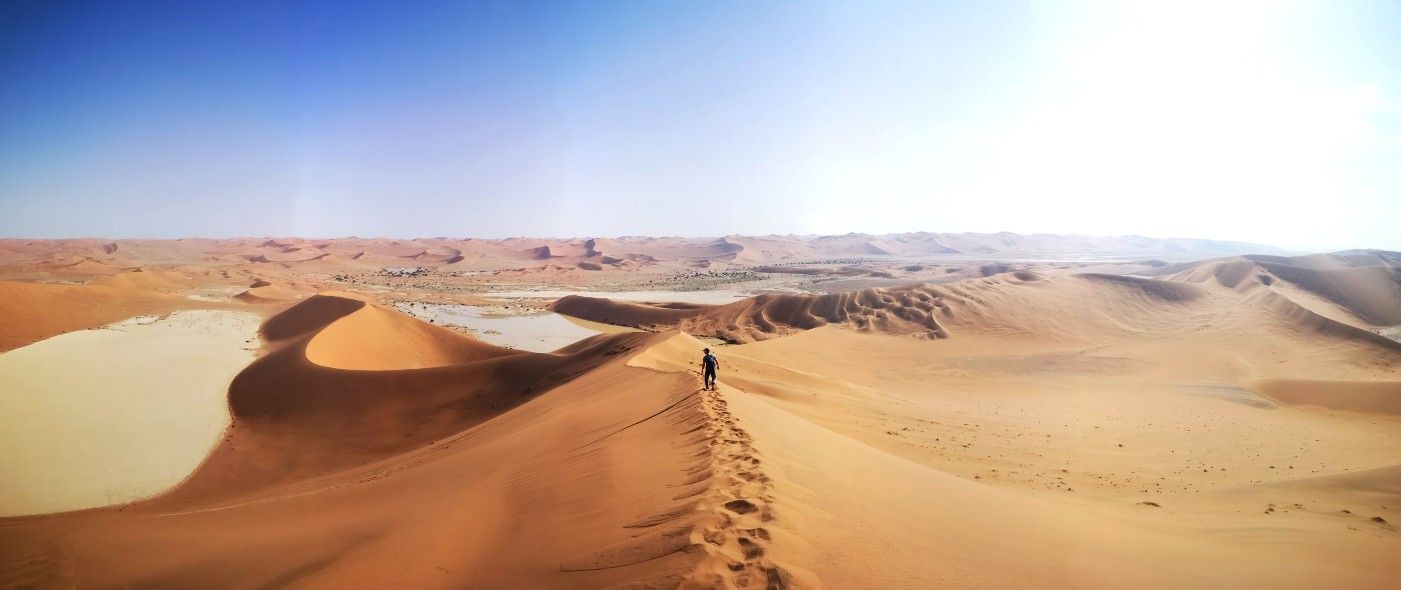
Laporan perjalanan Namibia

